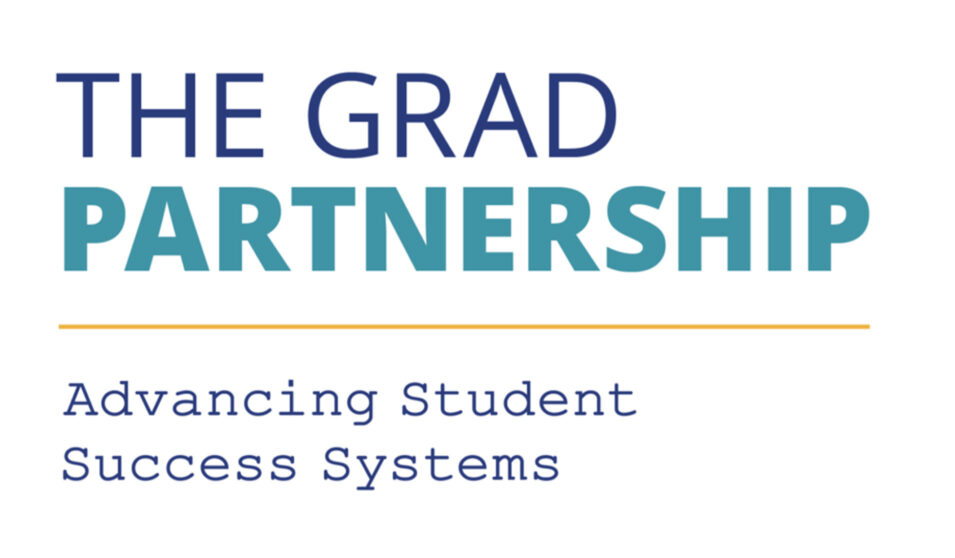A recent analysis of data from a dozen states revealed that one in ten school suspensions between 2017-18 to 2021-22 were related to student attendance (for example, missing class). Whether students are truant, absent, or late, suspending students causes them to miss even more class time. With schools across the country facing record high rates of chronic absenteeism, this amounts to attempting to put out a fire with a torch.
Missing school is linked to poor academic progress, higher school dropout rates, fewer job opportunities and a greater dependence on society for long-term financial support. And there is no evidence that suspensions increase attendance. In fact, they guarantee that students miss more days in school. Moreover, the act of being suspended compounds the negative impacts of missing school alone: suspensions rob students of the opportunity to learn in their classroom alongside peers, and cut off their access to academic supports and mentoring relationships. Suspensions furthermore take support staff away from the critical work of identifying root causes of absenteeism and developing tailored interventions that address students’ specific needs.
Using suspensions to address attendance challenges also threatens to reverse the legacy and the gains of Brown v. Board. Overall, Black male students are more than three times more likely to be suspended or expelled than their White counterparts, decreasing graduation rates and resulting in long-term impacts on life expectancy. Attendance-related suspensions furthermore compound other post-secondary barriers for Black and Latino students, such as limiting access to advanced math coursework.
Students with disabilities also bear a disproportionate impact of suspensions for attendance – they are more than twice as likely to receive out-of-school suspensions compared to students without disabilities. These students already often face greater challenges to school success, which can lead to greater absenteeism. If they are then suspended for being absent, they are driven further away from school success. Students with disabilities already drop out of high school at over twice the rate as their non-disabled peers, and the intersections of disability, race/ethnicity, and poverty operate to further elevate the risk of not completing high school. We should not do anything that makes success in school even more precarious for students, especially those already facing disproportionate barriers.
Frustration and oftentimes lack of resources can cause schools to adopt a punitive approach to addressing attendance, punishing students for missing school with suspensions. But stress and scarcity seldom drive effective solutions. There are more effective and manageable ways to improve student attendance. And while some attendance-related barriers may be outside schools’ or students’ control, there are evidence-based strategies that are firmly within school systems’ control, and can be implemented now.
Simple efforts to increase students’ school connectedness, agency, and belonging are quickly emerging as one of the best strategies available to help students increase attendance and achieve postsecondary success. We need students to show up in order to graduate, and if students are connected to school, they are more likely to want to show up. Across all grade levels, students who feel more connected to school have higher attendance rates, higher academic outcomes, and higher graduation and post-secondary success rates – and evidence-based data and practices can help get us there faster.
And yet, a significant number of students, particularly those from marginalized communities and ninth graders, report a lack of supportive adult relationships and meaningful engagement at school. What would it look like if instead of suspensions, we doubled down on fostering positive relationships, agency, and belonging, and using data to take strategic actions? Using these core principles, 49 schools were able to reduce chronic absenteeism by over five percentage points in just one year. Student connectedness is fundamental to holistic student success systems, and provides a clear roadmap forward.
Schools, parents, communities, policy makers, and funders all need to have easy access to data and strategies that work to co-create solutions. And, these collaborative, holistic efforts to support our students are needed at the local, state, and national level. That is why our nine organizations are working together as the GRAD Partnership to resource the field with data, toolkits, stories, and direct support for creating student success systems that help schools meet the needs of all their students. By working together and sharing strategies, we can more effectively address chronic absenteeism and set our students up for postsecondary success. A good first step is to stop suspending students for being absent.
Dig deeper with resources from the GRAD Partnership:
- Learn more about the four components of student success systems
- Explore the Chronic Absenteeism Toolkit
- Browse a collection of resources specific to Agency, Belonging, and Connectedness
- Get inspired by examples from the field: GRAD Partnership Spotlights

